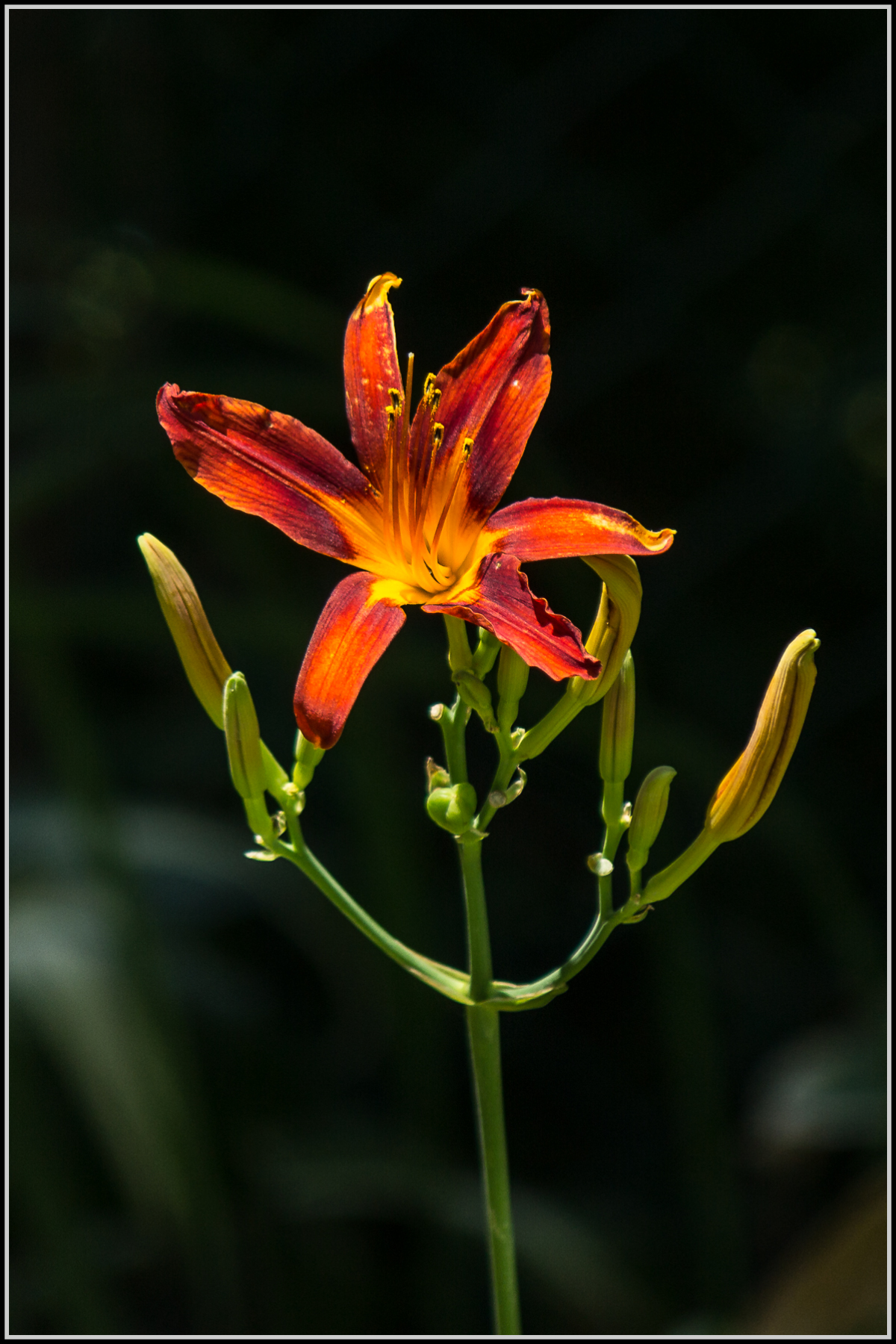Results 1 to 20 of 22
-
30th July 2018, 11:52 AM #1

- Join Date
- Oct 2013
- Location
- Philippines
- Posts
- 12,181
- Real Name
- Brian
I simply through the histogram out the window.
-
30th July 2018, 12:01 PM #2

- Join Date
- Aug 2014
- Location
- Melbourne, Australia
- Posts
- 3,023
- Real Name
- Ole
Re: I simply through the histogram out the window.
Brian, you did not throw the histogram out the window at all. You used it to display what you wanted it to display.
Cheers Ole
-
30th July 2018, 12:08 PM #3
Re: I simply through the histogram out the window.
You could have fooled me. It looks like you used it exactly right. In an image like this--very nice, by the way--most of the mass of the histogram will be piled up at the low end, and if you want pure black, it's fine for it to clip. The rest of the mass should be strung out along the rest of the values, not hitting 255, and that's exactly what your image has when I open it in photoshop.
One of the unfortunate things in using a histogram with an image like this is that most software will try to scale the histogram so that no peak exceeds the top value, or exceeds it by much. For many images, that's a useful approach, but for an image like this, it would make much more sense to rescale it to let the very low values go off the top and let us more clearly see variations in the rest of the histogram. That's what people doing statistical analysis would often do. However, AFAIK (someone correct me if I am wrong), common photoediting software doesn't provide that option. At least, I can't find the option if it's there.
-
30th July 2018, 01:56 PM #4

- Join Date
- Feb 2012
- Location
- Texas
- Posts
- 6,956
- Real Name
- Ted
Re: I simply through the histogram out the window.
Admittedly not used by "most of us":-
RawTherapee has a button where the Y axis can either allow huge counts to go "off the top"; or instead scale all the counts to the highest one which can, as you say, make life difficult.
The GIMP lets you select between linear or logarithmic vertical scale which can be handy.
RawDigger (not an editor though) goes one better vertically by including a square-law selection and one better horizontally by including a log scale for levels.
Sometimes these less-common apps have some really good features.Last edited by xpatUSA; 30th July 2018 at 02:11 PM.
-
30th July 2018, 02:09 PM #5
-
30th July 2018, 09:27 PM #6

- Join Date
- Jan 2010
- Location
- Central Texas, USA
- Posts
- 1,165
Re: I simply through the histogram out the window.
Histogram, smishtogram. You nailed this, however achieved.
-
30th July 2018, 11:30 PM #7
Re: I simply through the histogram out the window.
Nicely captured and processed.
-
30th July 2018, 11:44 PM #8
Re: I simply through the histogram out the window.
Love it!
-
31st July 2018, 12:17 AM #9

- Join Date
- Oct 2013
- Location
- Philippines
- Posts
- 12,181
- Real Name
- Brian
-
31st July 2018, 12:20 AM #10

- Join Date
- Oct 2013
- Location
- Philippines
- Posts
- 12,181
- Real Name
- Brian
-
31st July 2018, 12:20 AM #11

- Join Date
- Oct 2013
- Location
- Philippines
- Posts
- 12,181
- Real Name
- Brian
-
31st July 2018, 12:21 AM #12

- Join Date
- Oct 2013
- Location
- Philippines
- Posts
- 12,181
- Real Name
- Brian
-
31st July 2018, 03:51 AM #13
-
31st July 2018, 04:45 AM #14

- Join Date
- Oct 2013
- Location
- Philippines
- Posts
- 12,181
- Real Name
- Brian
-
31st July 2018, 07:04 AM #15

- Join Date
- Nov 2012
- Location
- Australia (East Coast)
- Posts
- 4,524
- Real Name
- Greg
Re: I simply through the histogram out the window.
Nice work, Brian.
-
31st July 2018, 07:35 AM #16

- Join Date
- Oct 2013
- Location
- Philippines
- Posts
- 12,181
- Real Name
- Brian
-
31st July 2018, 01:38 PM #17
Re: I simply through the histogram out the window.
You might have thrown the histogram out the window, but you accomplished a perfect shot. This is really brilliant, JBW, WOW!
-
31st July 2018, 01:56 PM #18

- Join Date
- Oct 2013
- Location
- Philippines
- Posts
- 12,181
- Real Name
- Brian
-
31st July 2018, 07:54 PM #19
Re: I simply through the histogram out the window.
The reason this happens is because our eyes can handle a much greater dynamic range than the sensor in our camera. When you meter for a flower that is in direct sunlight, if the background is in the shade it will be under exposed and appear almost black even though it is quite visible to our eyes. Here is an example of a daylilly that I took at midday where the background was shaded by a cedar hedge.

I've only applied a bit of sharpening to the image.
André
-
1st August 2018, 12:00 AM #20

- Join Date
- Oct 2013
- Location
- Philippines
- Posts
- 12,181
- Real Name
- Brian

 Helpful Posts:
Helpful Posts: 

 Reply With Quote
Reply With Quote


